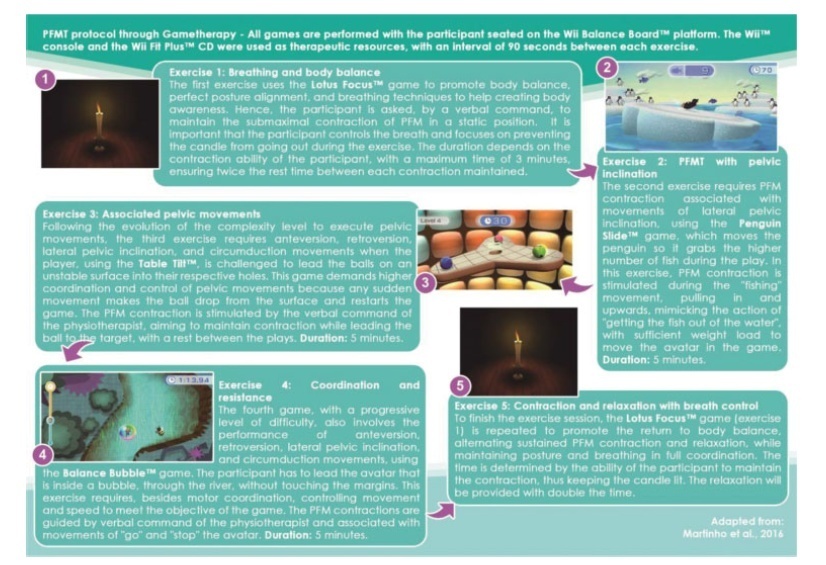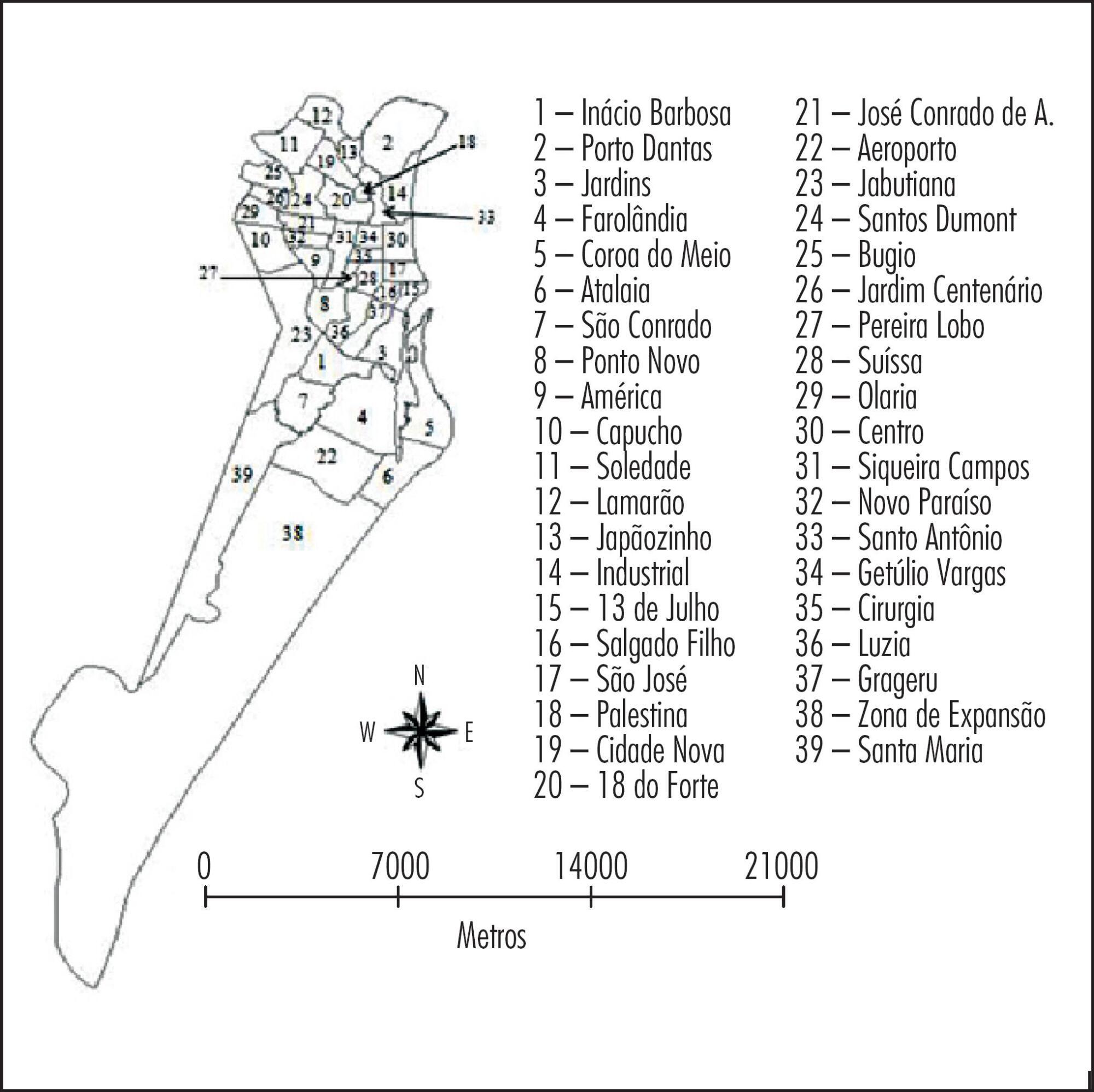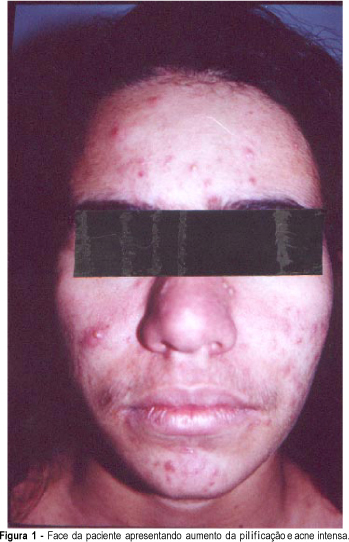Summary
Summary
Revista Brasileira de Ginecologia e Obstetrícia. 2021;43(7):535-544
To investigate the feasibility of pelvic floor muscle training (PFMT) through gametherapy for relieving urinary symptoms of climacteric women with stress ormixed urinary incontinence (UI).
Randomized clinical trial, divided into two groups: Gametherapy (G_Game) and Control (G_Control). Both groups received recommendations about unsupervised PFMT, and G_Game also received supervised PFMT through gametherapy. After 5 consecutive weeks, the feasibility was investigated considering participant adherence, urinary symptoms (evaluated by the International Consultation on Incontinence Questionnaire-Urinary Incontinence Short Form [ICIQ-UI-SF] questionnaire), and pelvic floor function (PERFECT Scheme: power, endurance, repetition and fast). The Fisher exact, Kruskal-Wallis, Wilcoxon sign paired, and Mann-Whitney U tests were used by intention-to-treat analysis, using STATA 15.1 (StataCorp, College Station, TX, USA) software.
The present study included 20 women per group and observed a higher adherence in G_Game. In the intragroup analysis, a decrease in the ICIQ-UI-SF score was observed in both groups (14.0 to 10.0; 13.5 to 0), associated with increased endurance (2.5 to 3.5; 2.5 to 4.0) in G_Control and G_Game, respectively. Moreover, there was a concomitant increase in pelvic floor muscles (PFMs) power (2.0 to 3.0), repetition (3.0 to 5.0), and fast (10.0 to 10.0) in G_Game. In the intergroup analysis, a reduction of UI was observed (p<0.001; r=0.8), as well an increase in PFM power (p=0.027, r=0.2) and endurance (p=0.033; r=0.3) in G_Game.
The feasibility of supervised PFMT through gametherapy was identified by observing participant adherence, relief of urinary symptoms, and improvement in PFM function.

Summary
Revista Brasileira de Ginecologia e Obstetrícia. 2023;45(9):535-541
Breast cancer (BC) biomarkers, such as hormone receptors expression, are crucial to guide therapy in BC patients. Antiandrogens have been studied in BC; however, limited data are available on androgen receptor (AR) expression test methodology. We aim to report the core needle biopsy (CNB) accuracy for AR expression in BC.
Patients diagnosed with stage I-III invasive BC from a single institution were included. Androgen receptor expression was evaluated by immunohistochemistry (IHC) using 1 and 10% cutoff and the AR expression in surgical specimens (SS) was the gold standard. Kappa coefficients were used to evaluate the intraprocedural agreement.
A total of 72 patients were included, with a mean age of 61 years old and 84% were Luminal A or B tumors. The prevalence of AR expression in all BC samples was 87.5% using a cutoff ≥ 10% in SS. With a cutoff value ≥ 1%, CNB had an accuracy of 95.8% (Kappa value = 0.645; 95% confidence interval [CI]: 0.272–1.000; p < 0.001) and 86.1% (Kappa value = 0.365; 95% CI: 0.052–0.679; p < 0.001) when ≥ 10% cutoff was used for AR positivity. Androgen receptor expression in CNB (cutoff ≥ 1%) had a sensitivity of 98.5%, specificity of 60%, positive predictive value of 97.0%, and a negative predictive value of 76.9% in the detection of AR expression in SS.
Core needle biopsy has good accuracy in evaluating AR expression in BC. The accuracy of CNB decreases with higher cutoff values for AR positivity.
Summary
Revista Brasileira de Ginecologia e Obstetrícia. 2014;36(12):535-540
DOI 10.1590/So100-720320140005086
To analyze the spatial distribution of the prevalence of anti-toxoplasma gondii antibodies in pregnant women from a Brazilian Northeast city, and to correlate such prevalence with average maternal age and place of residence.
A descriptive, analytical and ecological study was conducted from January 1st to December 31st 2012. Data were obtained retrospectively from the Medical Specialties Center database and processed with the Epi info statistical package (Epi 7, Centers for Disease Control and Prevention, Atlanta, USA) and with Microsoft Excel 2010. The X2 test was applied to assess the association between the prevalence of antibodies to toxoplasma gondii and the average age. Spatial analysis of infection prevalence was performed using the TerraView software, version 4.2.2, with Kerneldensity estimation, which estimates the quantity of events through maps in order to identify areas with the highest concentration of cases in the city.
The seroprevalence of IgG was 68.5% (95%CI 67.2-69.8) and the prevalence of IgM was 0.36% (95%CI 0.23-0.6). A higher IgG prevalence was associated with increased age in the oldest neighborhoods of the state capital, whereas a higher IgG prevalence among younger women was detected in suburban neighborhoods. The spatial concentration of IgM antibodies was higher in suburban neighborhoods, with no significant correlation between seroprevalence and age.
Geoprocessing allowed the identification of areas with the highest prevalence, as well as the most susceptible average age and it was also useful as an instrument for the evaluation and implementation of appropriate preventive measures for this municipality and for other regions of Brazil.

Summary
Revista Brasileira de Ginecologia e Obstetrícia. 2001;23(8):535-539
DOI 10.1590/S0100-72032001000800009
Luteomas of pregnancy are ovarian pseudotumors diagnosed by ultrasound, during cesarean section or at postdelivery tubal ligation. Twenty-five per cent of the cases appear around the second half of pregnancy. Usually there are signs of maternal virilization and 50% are detected because female newborns show clitorimegaly and/or labial fusion. The concentrations of androgenic steroids in the maternal blood during pregnancy and in the cord blood at child-birth show significantly increased rates. The ultrasound shows solid or cystic-solid structures and few weeks after the delivery they decrease and the ovary size returns to normal. The authors report a case of a patient who exhibited virilization signs in two consecutive pregnancies as well as in the two female fetuses. At adnexal sonographic examination a solid tumoral image was found in both pregnancies. Serum androgen levels were increased.

Summary
Revista Brasileira de Ginecologia e Obstetrícia. 2020;42(9):535-539
To evaluate the obstetric outcomes of singleton high-risk pregnancies with a small size uterine fibroid.
This retrospective cohort study was conducted among 172 high-risk pregnant women who were followed-up by a single surgeon between 2016 and 2019. Pregnant women with preconceptionally diagnosed small size (< 5 cm) single uterine fibroids (n = 25) were compared with pregnant women without uterine fibroids (n = 147) in terms of obstetric outcomes.
There was no statistically significant difference between the groups in terms of adverse pregnancy outcomes. The size of the fibroids was increased in 60% of the cases, and the growth percentage of the fibroids was 25% during pregnancy. Intrapartum and short-term complication was not observed in women who underwent cesarean myomectomy.
Small size uterine fibroids seem to have no adverse effect on pregnancy outcomes even in high-risk pregnancies, and cesarean myomectomy may be safelyperformed in properly selected cases.
Summary
Revista Brasileira de Ginecologia e Obstetrícia. 2013;35(12):536-540
DOI 10.1590/S0100-72032013001200002
PURPOSE: To evaluate weight retention 12 months postpartum and factors associated among women who had received prenatal care at Health Care Centers in Porto Alegre, southern Brazil. METHODS: Pregnant women in the last trimester were identified at 20 Health Care Centers. Socioeconomic, demographic and anthropometrics data were obtained. Six and 12 months after delivery, the women received home visits for anthropometric measures. The gestational weight gain was defined by pre-pregnancy Body Mass Index (BMI). Weight retention was defined as the difference between pre-gestational weight and weight at postpartum. Data were analyzed using McNemar's Test, ANOVA with Bonferroni correction and multiple linear regression. RESULTS: Of the 715 pregnant women recruited, 545 were assessed 12 months after delivery. Women were more likely to be overweight 12 months postpartum compared to the pre-pregnancy period (52.9 versus 36.7%) and weight retention during the 12 months postpartum was more than 10 kg in 30.7% of the women. Weight retention in the postpartum period was higher among women who were overweight (9.9±7.7 kg) compared to those who were of normal weight during the pre-pregnancy period (7.6±6.2 kg). Pre-pregnancy BMI, gestational weight gain, and maternal age were associated with gestational weight retention 12 months postpartum (p<0.001). CONCLUSION: Adequate prenatal care is necessary to minimize the adverse effects of excessive weight gain during pregnancy on women's health.
Summary
Revista Brasileira de Ginecologia e Obstetrícia. 2012;34(12):536-543
DOI 10.1590/S0100-72032012001200002
PURPOSES: To identify and to analyze maternal mortality causes, according to hospital complexity levels. METHODS: A descriptive-quantitative cross-sectional study of maternal deaths that occurred in hospitals in Paraná, Brazil, during the periods from 2005 to 2007 and from 2008 to 2010. Data from case studies of maternal mortality, obtained by the State Committee for Maternal Mortality Prevention, were utilized. The study focused on variables such as site and causes of death, hospital transfer, and avoidability. Maternal mortality rate, proportions, and hospital lethality ratio were calculated according to subgroups of low and high-risk pregnancy reference hospitals. RESULTS: Maternal mortality rate, including late maternal deaths, was 65.9 per 100.000 live-borns (from 2008 to 2010). Almost 90% of all maternal deaths occurred in the hospital environment, in both periods. The hospital lethality ratio at the high-risk pregnancy reference hospital was 158.4 deaths per 100,000 deliveries during the first period and 132.5/100,000 during the second, and the main causes were pre-eclampsia/eclampsia, puerperal infection, urinary tract infection, and indirect causes. At the low-risk pregnancy reference hospitals, the hospital lethality ratios were 76.2/100,000 and 80.0/100,000, and the main causes of death were hemorrhage, embolism, and anesthesia complications. In 64 (2005 - 2007) and in 71% (2008 - 2010) of the cases, the patients died in the same hospital of admission. During the second period, 90% of the casualties were avoidable. CONCLUSIONS: Hospitals of both levels of complexity are having difficulties in treating obstetric complications. Professional training for obstetric emergency assistance and the monitoring of protocols at all hospital levels should be considered by the managers as a priority strategy to reduce avoidable maternal deaths.